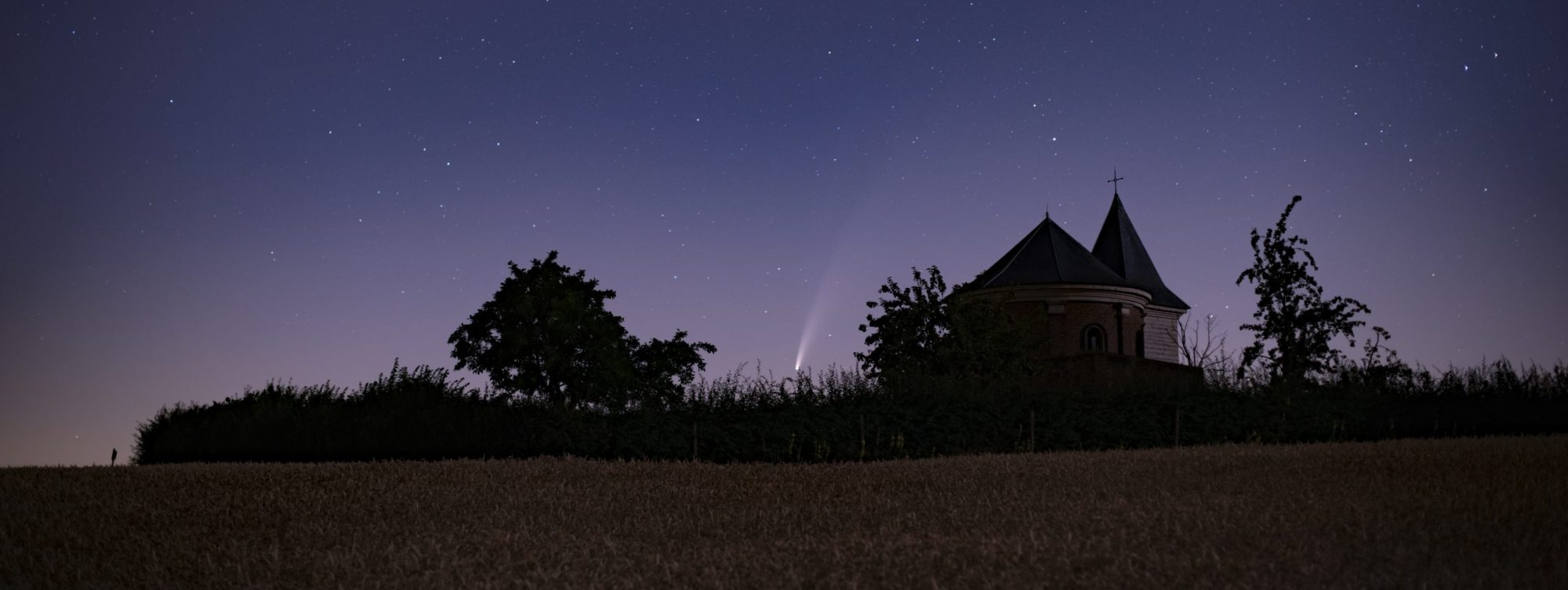
Reasons for me to buy this camera:
- looking for an easier way to image compared to the cumbersome monochrome filters process ; this is related to the typical Belgian weather, where Atlantic depressions with rain are running over the country. Sometimes a few hours of clear sky appear. When using monochrome filters, you never know how much time you would get. So I’ve ended up taking RED based images and then a few GREEN, and then clouds came in, for the next three weeks. That’s not amusing 🙂 !!! With OSC (One Shot Color) at least you can start processing and exploring your image.
- my main imaging camera at the time of acquiring the ASI2600MC was the monochrome ASI183MM Pro. This is an excellent camera. Clear skies allowing, I do see still specific use for this camera related to it’s smaller pixels and it’s monochrome capabilities. The pixels of the 2600 are larger compared to the 183, which matches better the C11 and the Esprit120 telescope’s focam lengths. Additionaly, the full-well of the 2600 is a lot larger, allowing for longer exposure times without over-saturating bright stars, which causes color to disappear and all stars become white. Next advantage of the 2600 is the bit value, it’s a 16-bit camera which allows for a higher dynamical range (shades of grey between the blackpint and the whitepoint), and as last advantage, the sensor is an APS)sized sensor. This is somewhat larger then the 183 sensor clearly an advantage.
Why not buy the ASI6200MC?
- The ASI6200MC is an exceptional camera. The specs are as good as the ASI2600MC Pro.

- So technically, only the Full-Frame format is a real advantage of the 6200MC, and a slightly higher QE. The price is the real differentiator: at almost double the price it’s quite an investment. You could easily buy a RASA 8″ for that extra money. For the common focal lengths that I’m using, from 342mm (EDPH76) to 840mm (Esprit F7), the APS sensor offers enough sky surfaces to cover the larger deep-sky targets. The largest ones, like NGC7000 or IC1396 are only barely fitting in, and indeed would benefit from the full-frame. In those cases I need to resort towards mosaic imaging. AstrPixelProcessor allows for an easy processing of mosaics.
My experience so far
- There’s only limited experience, I acquired the camera in May 2020, and only had the opportunity to take three images with it. So far it fulfills expectations as described above. Compared to the Nikon D750, I’m really wondering if it offers dramatic differences. In summertime, when temperatures are high (eg the IC1396 picture), the cooling of the ASI2600MC will for sure make a difference. To be tested in winter!
- The cooling time of this sensor takes a lot longer compared to the ASI183MM
- Sequence Generator pro is storing FITS images, which appear Black& White. In APP you need to switch on debayer in “0 RAW/FITS” before starting processing
- for all three images, no bias/flats were taken! only a limited number of darks.
- allthough it was not much of a problem, the ASI183mm has a lot of ampglow, which is not at all existing with the ASI2600MC
- I will let the results speak for itself
- (more to come)
Images (Click to enlarge)





